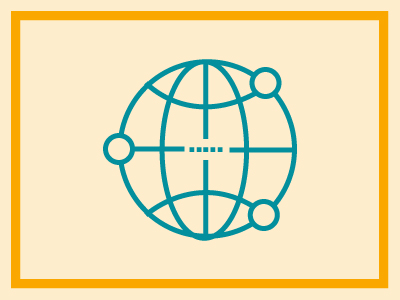Today’s networks need to support more traffic than ever. Employees access corporate data from desktops and mobile devices. Internet of Things devices proliferate everywhere on premises. Network designs and support strategies need to be adjusted to tackle these top challenges:
- Poor network performance. There’s no question that poor network performance is a top challenge for network engineers. There isn’t simply more total traffic; there’s more traffic in all directions. Without the right equipment at endpoints and midpoints along the way, it’s impossible to provide the high-speed communication needed by today’s applications. Plus, performance isn’t just about speed; it’s about reliability, too. Network designs need to handle spikes in load and provide alternate routes to enable communication to continue even when a link fails. 24×7 online business requires 24×7 network availability.
- Security. Security is another top challenge. Because the perimeter of today’s network is unclear, blocking unauthorized outside traffic from the internal network isn’t adequate for protecting data. Many threats make it into the network when employees respond to a phishing email. Denial of service attacks only need to attempt connections to succeed. Encryption helps protect traffic, but encryption can also make it harder to monitor network activity. There are many tools that can be used to improve network security, but ensuring they work together and provide a comprehensive solution is difficult. In addition, multiple tools require increased monitoring and management.
- Configuration management. As networks increase in size, overseeing the network configuration increases in difficulty. Devices can conflict with each other. It becomes challenging to keep the rules in firewalls up to date, and manually applying policies leads to errors and inconsistencies.
- Cost. Available budget almost never meets the need for network services, especially when the network now needs to support not just traditional IT applications but also conventional business services like telephony (in the form of VoIP) and videoconferencing that require new levels of network quality.
- Growth. All the other challenges would be easier to address if the network would stay the same, but it doesn’t. There’s a constant increase in the number of devices attached to the network, with every additional connection an additional potential point of failure.
- Vendor lock-in. Yesterday’s reasonable decision means today your architecture is built around the assumptions and capabilities of yesterday’s vendor. Bringing in the best solutions from today’s vendors means figuring out how to interoperate, integrate, and support multiple solutions, or figuring out how to tear out all of the old equipment without tearing down the entire network at the same time.
How are you coping with your top network challenges? Are you battling the issues listed above, or is there another problem higher on the list? Prescient Solutions offers network services that deliver a network designed to support your business needs. Contact us to learn more about how you can overcome your network challenges.


